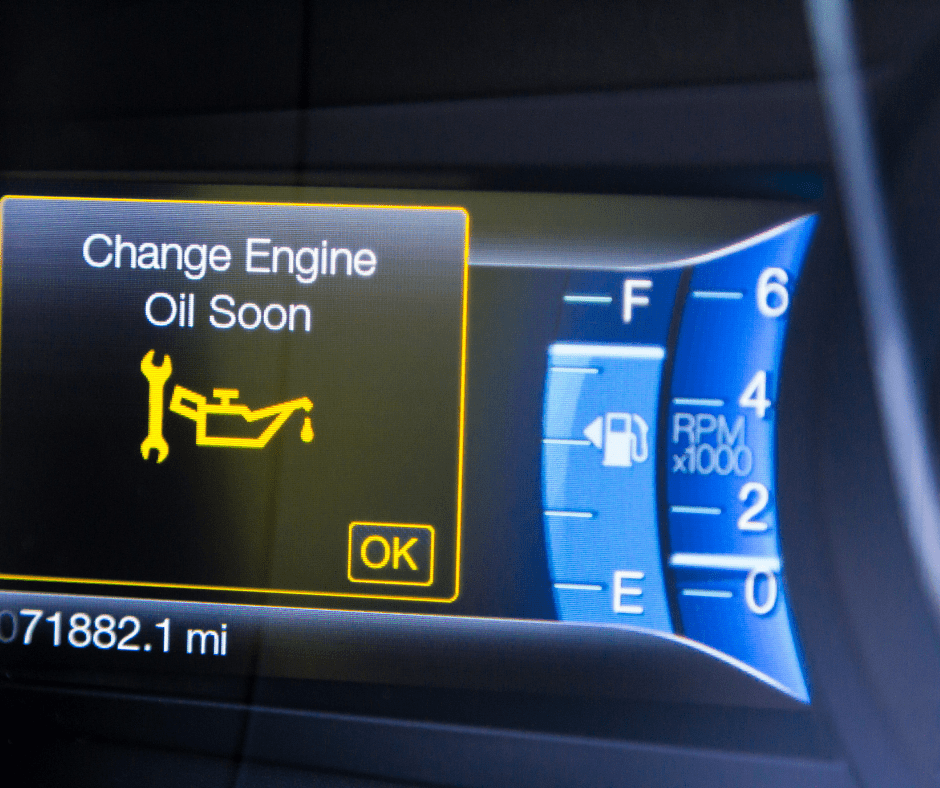Understanding the importance of regular oil changes is crucial for any car owner. This article provides an overview of how to determine when your car needs an oil change and why it’s vital for your vehicle’s health.
Understanding the Role of Engine Oil
The engine oil in your vehicle is more than just a lubricant; it’s a critical component that ensures the smooth operation of your engine. It helps reduce friction between moving parts and assists in cooling the engine. However, what happens if you don’t change your oil? Over time, oil breaks down and becomes less effective, leading to increased engine wear and potentially severe damage.
Recognizing Overdue Oil Change Symptoms
Overdue oil change symptoms are often easy to spot. So how can you tell if your oil change is overdue? Look out for these symptoms:
- Deterioration of Oil Quality: If your oil is dark, thick, or gritty, it’s a clear sign that it’s time for a change.
- Engine Performance Issues: Overdue oil changes can lead to decreased engine performance, including difficulty starting the engine and irregular running.
Deciphering Oil Change Signs
Your vehicle is designed to inform you when it needs an oil change. Most modern cars have an oil change sign on the dashboard, often in the form of a warning light or alert. Besides these electronic signals, you should also conduct manual checks of the oil’s color and texture.
Identifying Low Engine Oil Symptoms
Running low on engine oil is a serious issue. Symptoms include increased engine noise, overheating, and in extreme cases, smoke from the engine. Regularly checking your oil level can help you catch these signs early.
What Happens If You Don’t Change Your Oil?
Neglecting oil changes can lead to a lot of problems, such as increased engine wear, reduced fuel efficiency, and ultimately, engine failure. It’s a risk that’s easily avoidable with regular maintenance.
Analyzing Oil Change Signal from Your Vehicle
Many modern vehicles come equipped with systems to monitor oil quality and usage, providing a more precise oil change signal. Understanding your vehicle’s specific recommendations based on these systems is crucial for optimal maintenance.

Signs You Need an Oil Change
- Recognizing when you need an oil change is key to maintaining your vehicle’s health. Some of the common signs you need an oil change are:
- Engine Oil Appearance: If your engine oil appears dark or dirty when checked with a dipstick, it’s a strong indicator that an oil change is necessary. Ideally, engine oil should have an amber or honey color.
- Engine Noise: A knocking or grinding noise from the engine can be a sign that the engine parts are not being properly lubricated, suggesting that the oil is no longer effective and needs to be replaced.
- Check Engine Light: An illuminated oil change light or check engine light on your dashboard is a direct signal that your car needs attention, potentially an oil change.
- Other signs you need an oil change: Reduced car performance and oil smell in the cabin.
Expert Insights: How to Know If You Need an Oil Change
Professionals in the automotive industry suggest adhering to a regular oil change schedule, typically every 8,000 to 12,000 kilometers, depending on your vehicle and oil type. They also recommend checking your oil level and quality regularly.
Low Oil Symptoms and How They Affect Your Car
Running your car on low oil can result in increased friction and overheating, which can cause significant damage. This section discusses how to check your oil levels and recognize low oil symptoms. To check your oil levels and recognize low oil symptoms, follow these steps:
- Ensure Engine is Cool: Wait for your engine to cool down if you’ve been driving.
- Locate the Dipstick: Open your car’s hood and find the dipstick, typically marked by a bright handle.
- Remove and Clean the Dipstick: Pull the dipstick out and clean it with a rag or paper towel.
- Insert and Remove Again: Reinsert the dipstick fully, then pull it out to check the oil level.
- Read the Level: Look at the end of the dipstick to see where the oil mark reaches. There are typically indicators for “Full” and “Low” levels.
- Check Oil Condition: Observe the oil color and texture. If it’s dark or gritty, it may need changing.
- Recognize Low Oil Symptoms: Low oil levels can be indicated by a lower than normal reading on the dipstick, increased engine noise, or an oil warning light on the dashboard.
Navigating the Dangers of an Overdue Oil Change
Delaying an oil change can lead to various risks, including engine damage and reduced performance. Timely oil changes are a simple yet effective way to avoid these risks.
The Science Behind Oil Degradation and Engine Wear
Oil degradation is an inevitable chemical process where the oil loses its lubricating properties over time. This degradation can significantly affect engine components, making regular oil changes a necessity for long-term engine health.
Environmental Considerations in Oil Changes
Oil changes aren’t just about vehicle maintenance; they also have environmental implications. Responsible oil disposal and eco-friendly practices play a crucial role in minimizing the ecological impact.
Conclusion
Regular oil changes are a simple yet essential part of vehicle maintenance. By understanding the signs and symptoms of needed oil changes, you can ensure your car remains reliable, efficient, and healthy. Remember, proactive maintenance is key to avoiding costly repairs and prolonging the life of your vehicle.
If you have any questions, always go to a professional oil change service with your local auto repair shop. Professional oil change services offer more than just an oil replacement; they include a comprehensive check of your vehicle’s oil filter and other fluids. Choosing the right service ensures your car gets the care it needs. Contact us or book an appointment if you have questions related to oil replacement or want a comprehensive check of your vehicle.
FAQs on Oil Changes
1.What are the signs that indicate I need an oil
change?
Look for dashboard alerts, changes in oil quality, and engine performance issues.
2.How often should I change my oil?
Generally, every 8,000 to 12,000 kilometers, but refer to your vehicle’s manual for specific recommendations.
3.Can I check my oil level at home?
Yes, you can easily check your oil level using the dipstick under your car’s hood.
4.How does an oil change benefit my car’s performance?
Regular oil changes ensure optimal engine performance, reduce wear and tear, and improve fuel efficiency.
